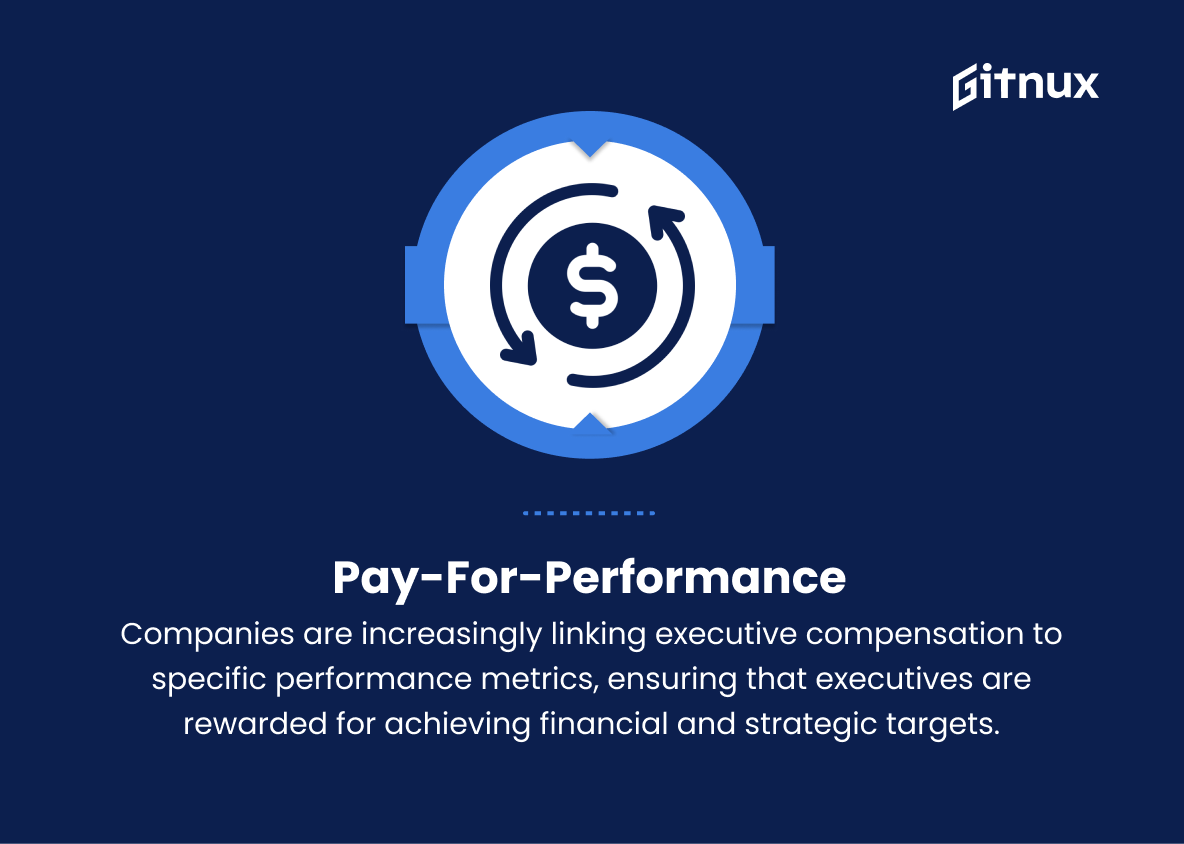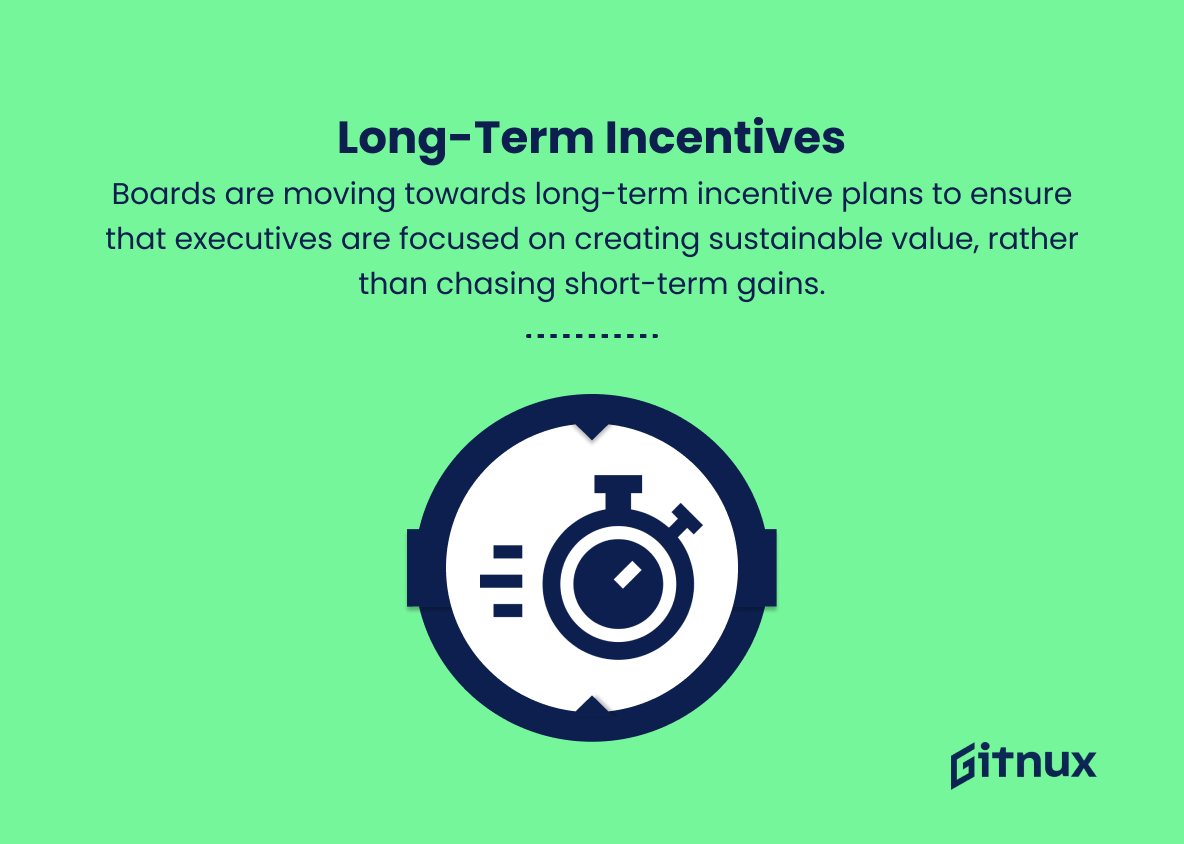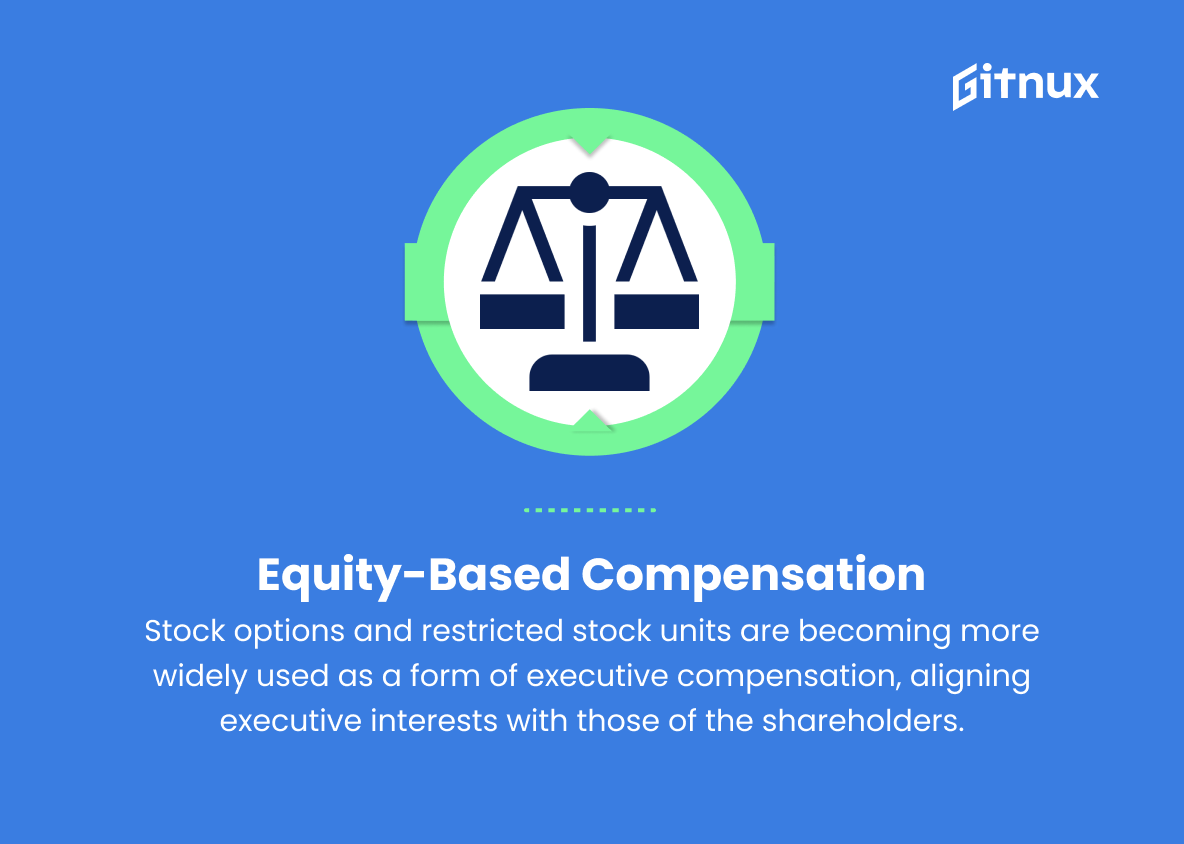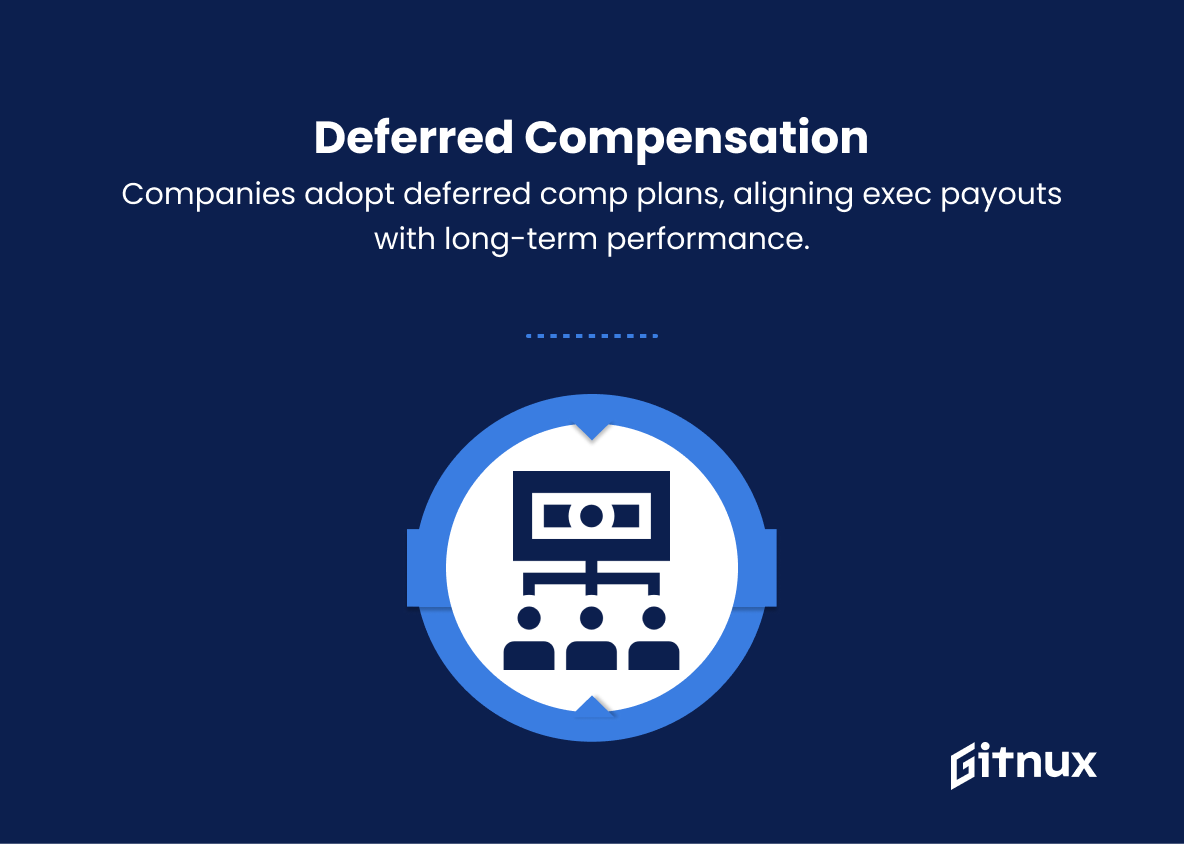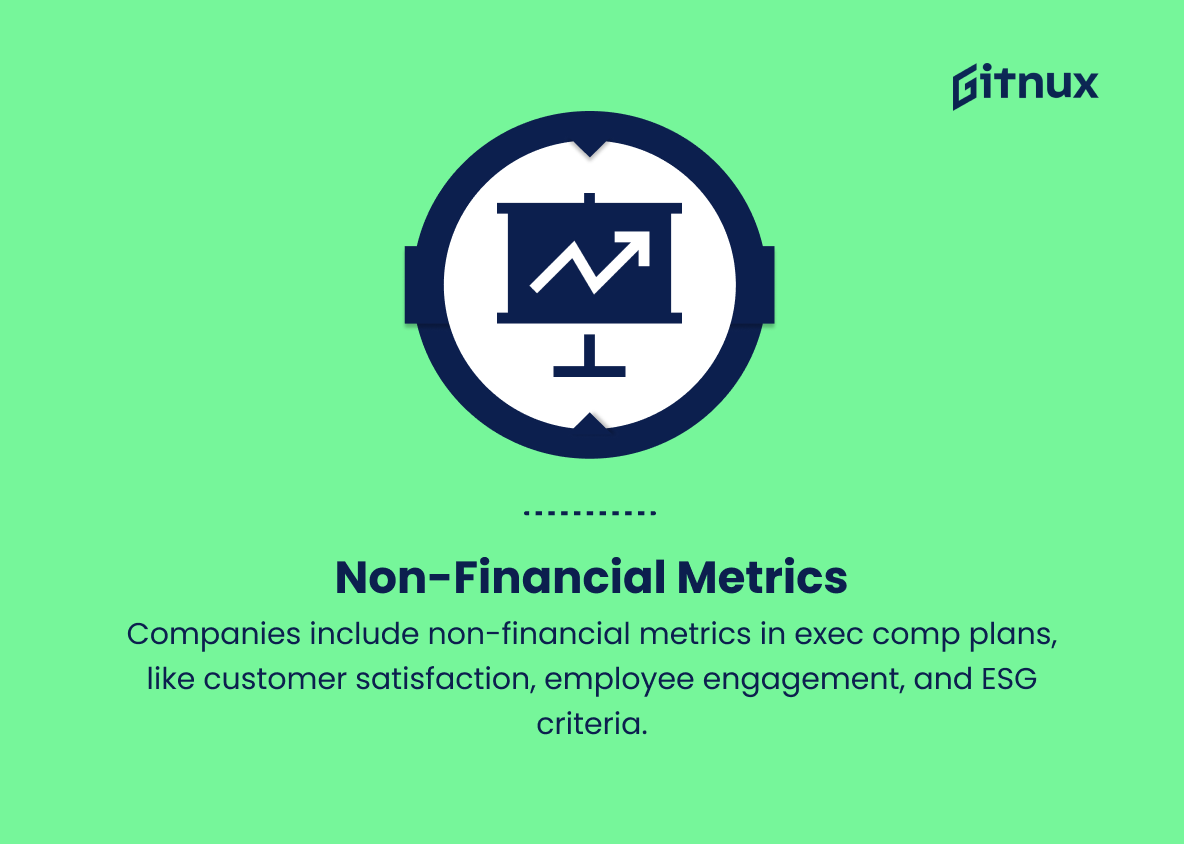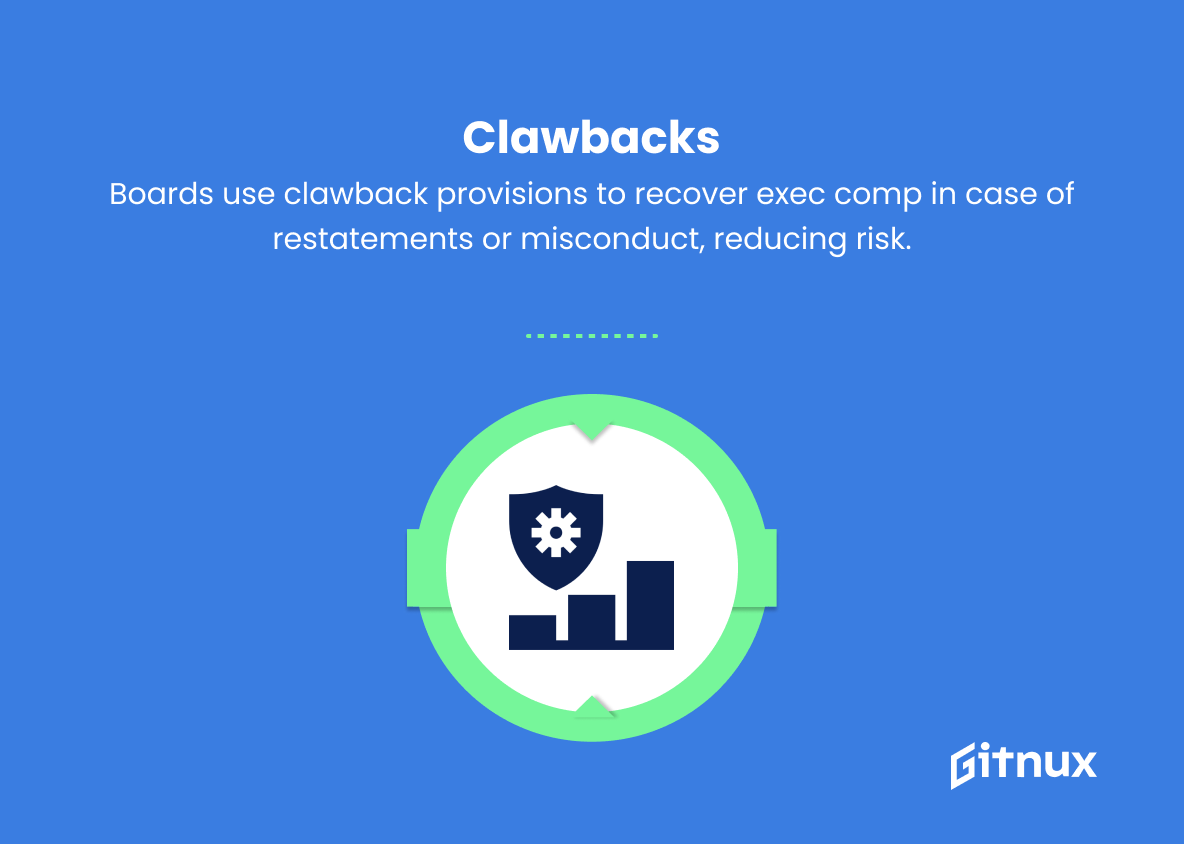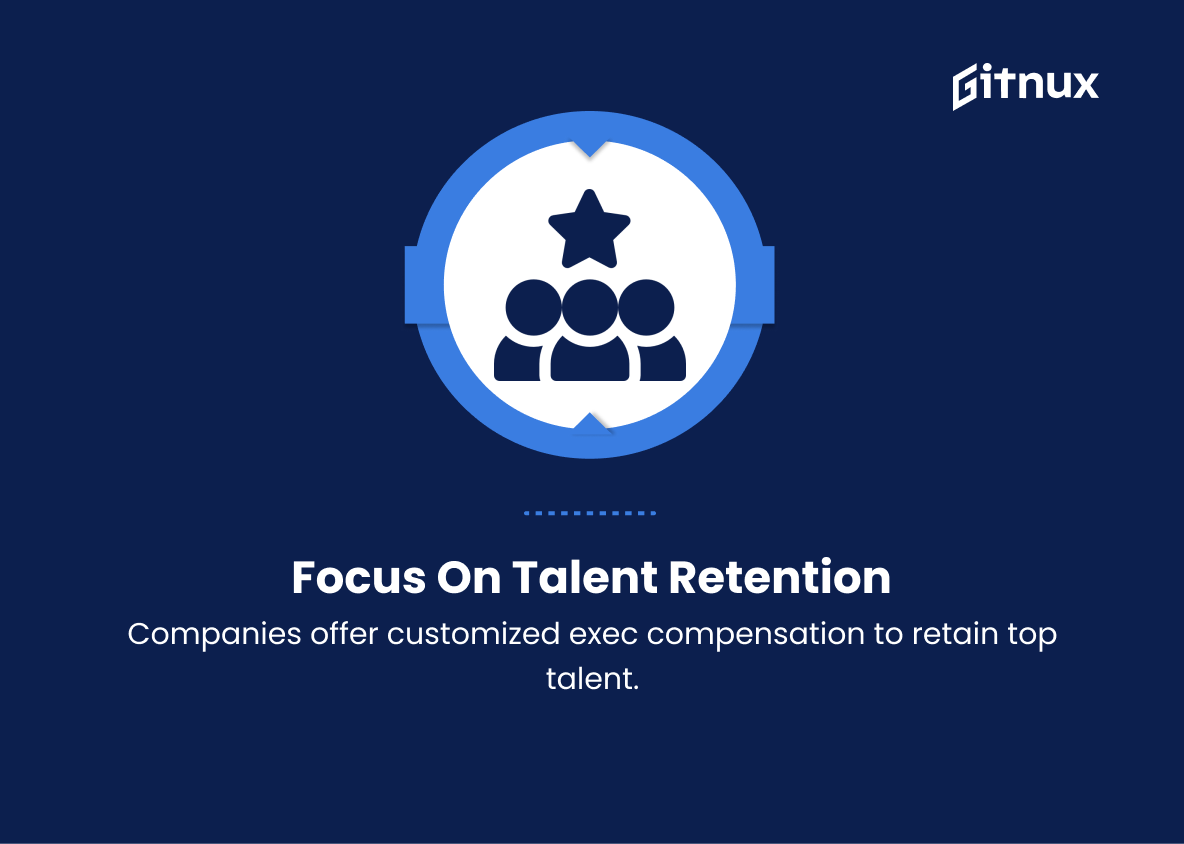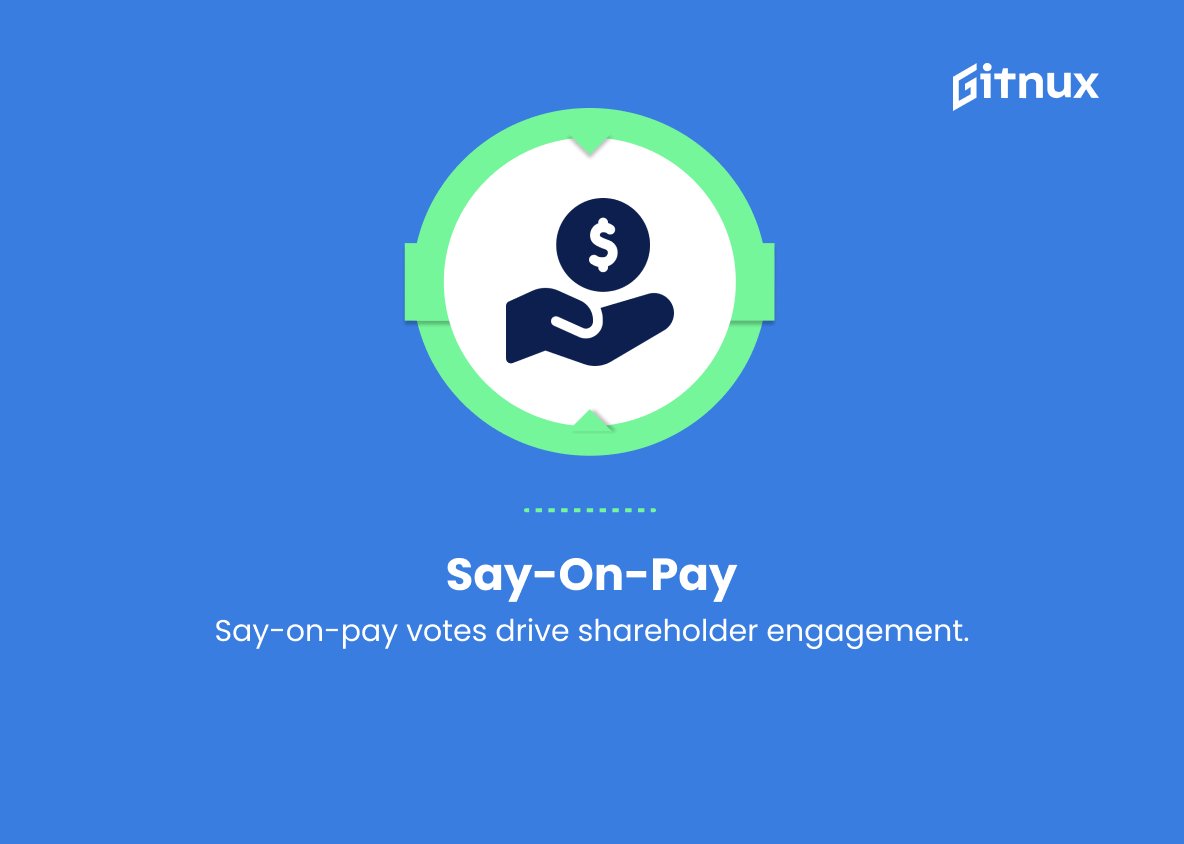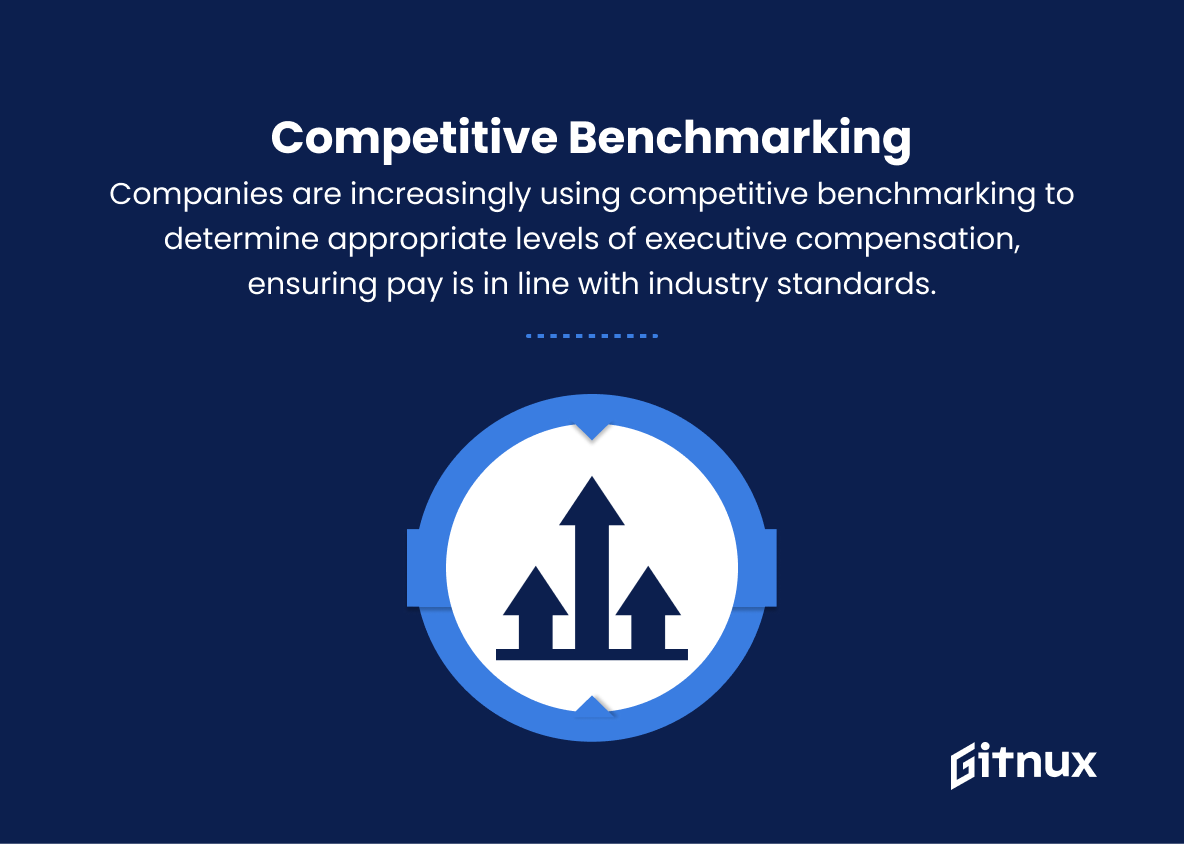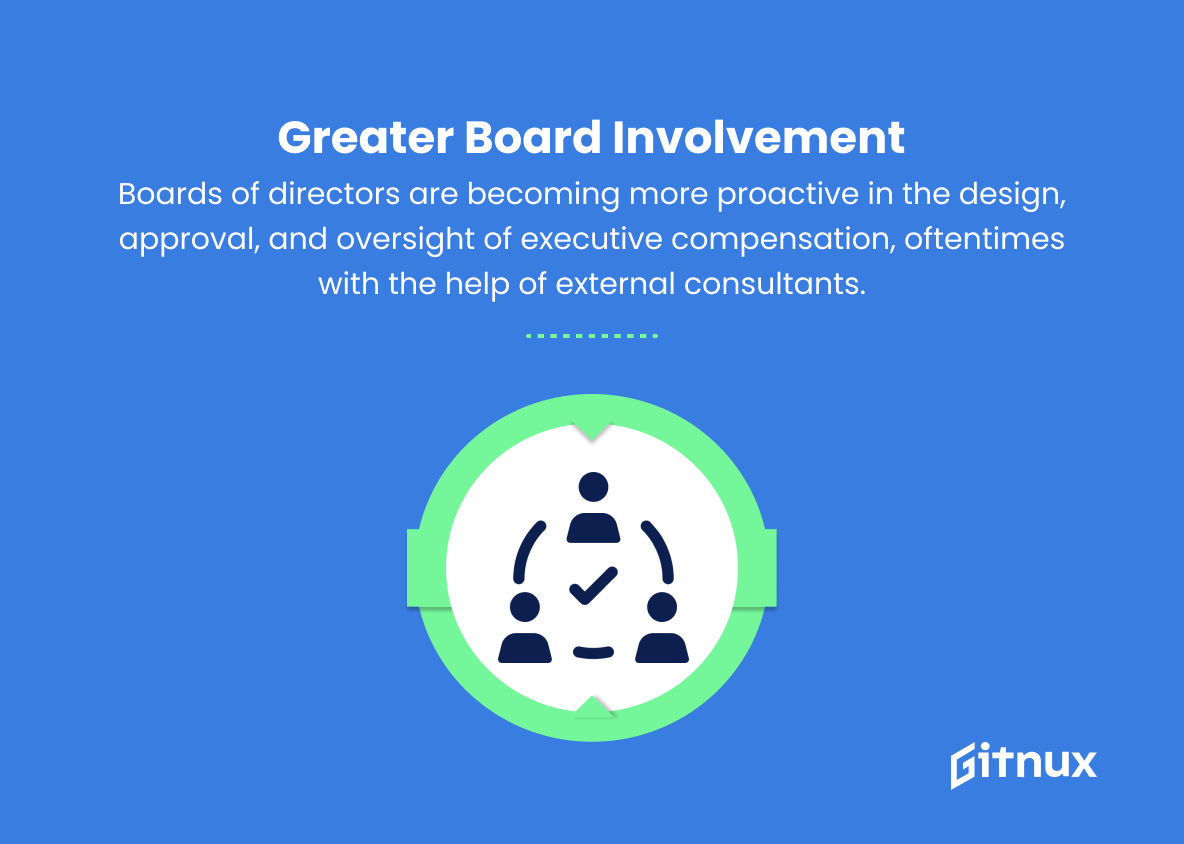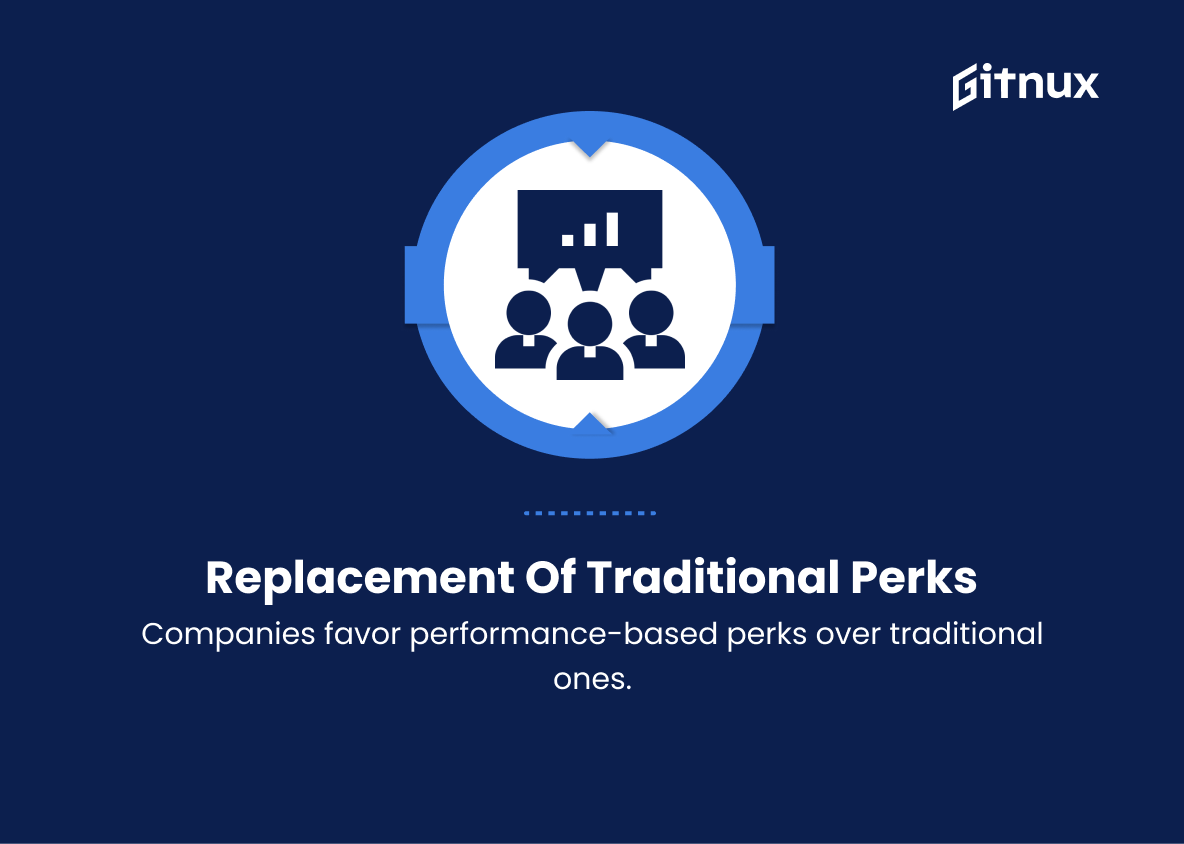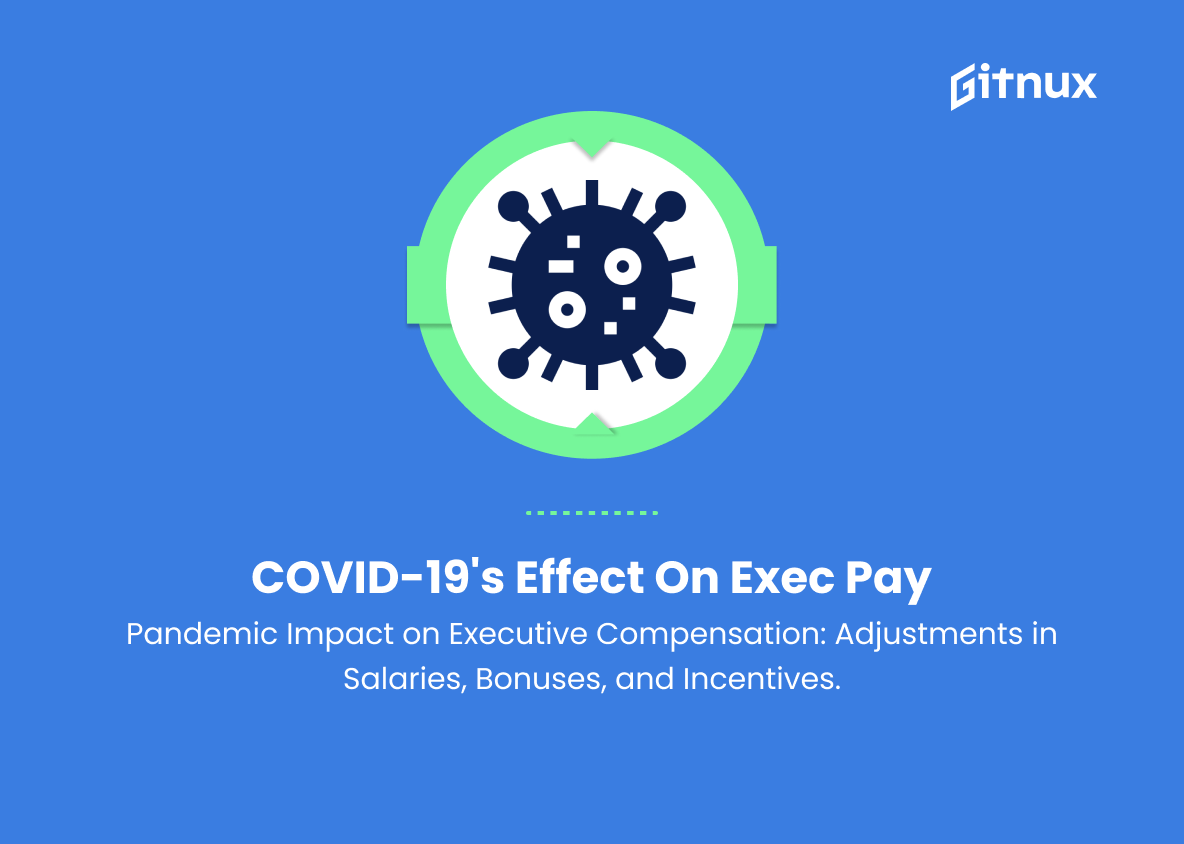In today’s rapidly evolving business landscape, the subject of executive compensation remains a critical and contentious issue, drawing the attention of shareholders, employees, and regulatory bodies alike. As leaders at the helm of organizations both large and small, adopting the right compensation practices for executives is pivotal, as it has far-reaching implications on a company’s performance, talent retention, and public perception.
In this blog post, we delve into the latest executive compensation trends, scrutinize the underlying factors and influences at play, and evaluate the potential impact of these trends on the future of corporate governance and compliance. Join us as we explore the contemporary dynamics of executive remuneration and dissect the driving forces shaping the decisions of boards and compensation committees across the globe.
Top Executive Compensation Trends
1. Pay-for-Performance
Companies are increasingly linking executive compensation to specific performance metrics, ensuring that executives are rewarded for achieving financial and strategic targets.
2. Long-term Incentives
Boards are moving towards long-term incentive plans to ensure that executives are focused on creating sustainable value, rather than chasing short-term gains.
3. Equity-based Compensation
Stock options and restricted stock units are becoming more widely used as a form of executive compensation, aligning executive interests with those of the shareholders.
4. Deferred Compensation
More companies are adopting deferred compensation plans, allowing executives to defer their bonuses or salaries until a later date, thus tying executives’ payouts to the long-term performance of the organization.
5. Non-financial Metrics
Companies are incorporating non-financial metrics into their executive compensation plans, such as customer satisfaction, employee engagement, and environmental, social, and governance (ESG) criteria.
6. Clawbacks
Boards are increasingly implementing clawback provisions that enable companies to recoup incentive compensation from executives in the event of financial restatements or misconduct, thus reducing the risk of excessive risk-taking.
7. Focus on Talent Retention
Companies are prioritizing the retention of top talent by developing tailored executive compensation packages that reflect individual performance, skill sets, and leadership potential.
8. Transparency and Disclosures:
New regulatory requirements and increased scrutiny from shareholders have led to greater transparency in executive compensation, with more detailed disclosures on pay ratios, pay-for-performance alignment, and rationale for compensation decisions.
9. Say-on-Pay
Shareholder advisory votes on executive compensation (say-on-pay) are becoming more common, encouraging companies to engage with investors and consider external perspectives on compensation structures.
10. Competitive Benchmarking
Companies are increasingly using competitive benchmarking to determine appropriate levels of executive compensation, ensuring pay is in line with industry standards.
11. Changes in Tax Laws
Corporate tax laws, including the treatment of executive compensation, continue to evolve, impacting the design of executive compensation packages and the use of deferred compensation or performance-based incentives.
12. Greater Board Involvement
Boards of directors are becoming more proactive in the design, approval, and oversight of executive compensation, oftentimes with the help of external consultants.
13. Replacement of Traditional Perks
Companies are shifting away from traditional executive perks like club memberships and private jets to more performance-based rewards, such as additional equity grants or bonuses based on company or individual performance.
14. Diversity and Inclusion
Companies are increasingly considering diversity and inclusion criteria when structuring executive compensation, with some companies offering incentives tied to the achievement of diversity and inclusion targets.
15. Reassessment of Executive Compensation in Light of COVID-19
The pandemic has led many companies to reassess their executive compensation arrangements, with some implementing temporary salary reductions, bonus reductions, or changes to long-term incentive plans to reflect the challenging business environment.
Implications
In the future, the landscape of executive compensation will be significantly impacted by various emerging trends. Pay-for-performance, long-term incentives, and equity-based compensation will ensure that executives are focused on achieving both financial and strategic objectives, prioritizing sustainable value creation over short-term gains. Deferred compensation, non-financial metrics, and clawbacks will provide additional weight to hold executives accountable for the long-term success of the organizations they lead, reducing excessive risk-taking.
A focus on talent retention with tailored compensation packages will encourage companies to invest in the development and retaining of top talent. Furthermore, increased transparency and disclosures, say-on-pay votes, competitive benchmarking, and changes in tax laws will drive greater accountability and fairness in executive compensation decisions. Greater board involvement and replacement of traditional perks will lead to a more strategic and performance-oriented corporate culture.
The integration of diversity and inclusion in compensation structures will promote a more inclusive and equitable work environment. Lastly, the ongoing reassessment of executive compensation in light of the COVID-19 pandemic highlights how adaptive and flexible compensation strategies must be in response to unpredictable external events. These trends collectively will shape a more transparent, values-driven, and performance-oriented executive compensation landscape in the future.
Conclusion
In conclusion, executive compensation trends continue to evolve in response to changing business landscapes, regulatory environments, and stakeholders’ expectations. The focus on long-term value creation, pay-for-performance alignment, and financial sustainability is more crucial than ever to attract and retain top talent in the executive suite.
Boards of directors and compensation committees must thoughtfully consider the long-term implications of their decisions and work closely with shareholders to ensure that executive pay is not only competitive but also well-justified. By staying informed of these trends and fostering transparency, organizations can maintain the trust of their shareholders and stakeholders – a vital ingredient for long-term success.
